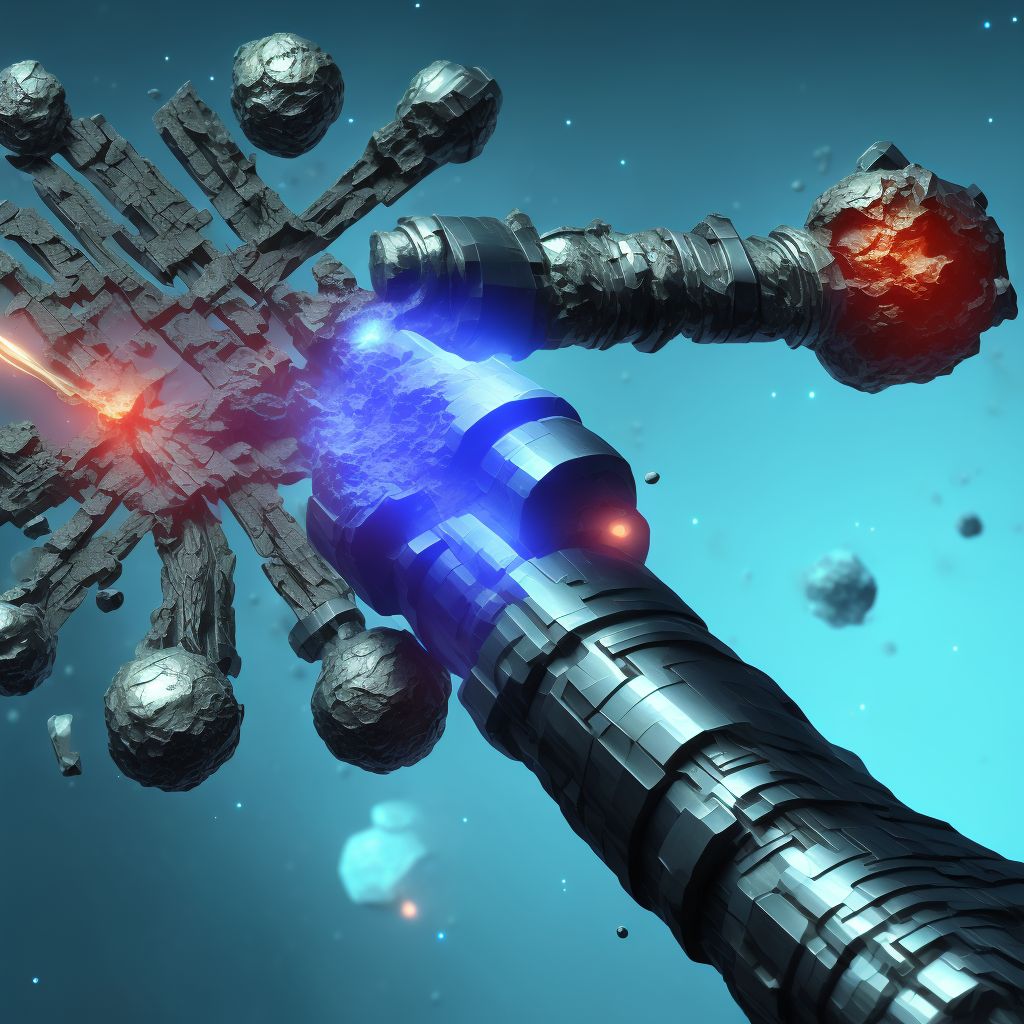
Displaced transverse fracture of shaft of right fibula, subsequent encounter for open fracture type IIIA, IIIB, or IIIC with malunion Save
ICD-10 code: S82.421R
Disease category: S82.421: Displaced transverse fracture of shaft of right fibula
Displaced Transverse Fracture of Shaft of Right Fibula: Understanding Open Fracture Types IIIA, IIIB, or IIIC with Malunion
Fractures can occur in various bones of our body, and one common type is a displaced transverse fracture of the shaft of the right fibula. This article aims to shed light on subsequent encounters for open fracture types IIIA, IIIB, or IIIC with malunion, providing valuable information for those seeking to understand this medical condition.
When a displaced transverse fracture occurs in the shaft of the right fibula, it means that the bone has broken into two or more pieces, and the ends of the fractured bone have shifted out of alignment. This type of fracture can be caused by trauma, such as a fall, sports injury, or accident.
In some cases, this fracture may lead to an open fracture, which occurs when the broken bone punctures the skin, leaving it vulnerable to infection. Open fractures are classified into three types: IIIA, IIIB, and IIIC, based on the severity of the soft tissue injury and the extent of contamination.
- Type IIIA open fractures involve a clean wound less than 10 cm long, with minimal soft tissue damage.
- Type IIIB open fractures are characterized by extensive soft tissue damage, often with significant loss of skin and muscle coverage.
- Type IIIC open fractures indicate vascular injury, where adequate blood supply to the affected limb may be compromised. These fractures require immediate attention to prevent long-term complications.
When an open fracture of the fibula heals in a misaligned position, it is known as malunion. This can lead to functional limitations, such as difficulty walking or performing daily activities. It is important to seek medical attention for malunion to determine the appropriate course of action.
In conclusion, a displaced transverse fracture of the shaft of the right fibula, subsequent encounter for open fracture types IIIA, IIIB, or IIIC with malunion, presents a complex medical scenario. Understanding the different types of open fractures and the concept of malunion is crucial for patients and healthcare providers alike. If you suspect you have experienced such an injury, consult with a medical professional to receive the necessary evaluation and treatment.
Treatment of Displaced transverse fracture of shaft of right fibula, subsequent encounter for open fracture type IIIA, IIIB, or IIIC with malunion:
Treatment Options for Displaced Transverse Fracture of Shaft of Right Fibula, Subsequent Encounter for Open Fracture Type IIIA, IIIB, or IIIC with Malunion
When it comes to a displaced transverse fracture of the shaft of the right fibula, subsequent encounter for open fracture type IIIA, IIIB, or IIIC with malunion, there are several treatment options available. The choice of treat...
To see full information about treatment please Sign up or Log in